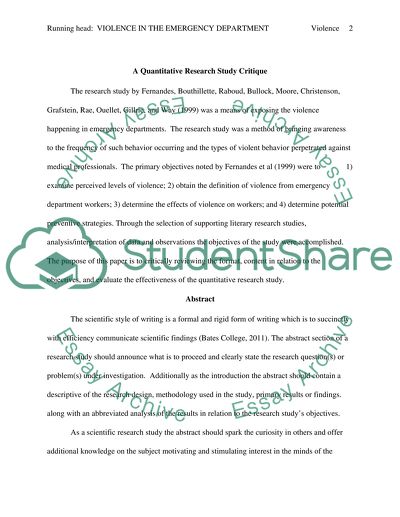Cite this document
(“Critique of a quantitative research report Paper”, n.d.)
Retrieved from https://studentshare.org/nursing/1579188-critique-of-a-quantitative-research-report
Retrieved from https://studentshare.org/nursing/1579188-critique-of-a-quantitative-research-report
(Critique of a Quantitative Research Report Paper)
https://studentshare.org/nursing/1579188-critique-of-a-quantitative-research-report.
https://studentshare.org/nursing/1579188-critique-of-a-quantitative-research-report.
“Critique of a Quantitative Research Report Paper”, n.d. https://studentshare.org/nursing/1579188-critique-of-a-quantitative-research-report.


